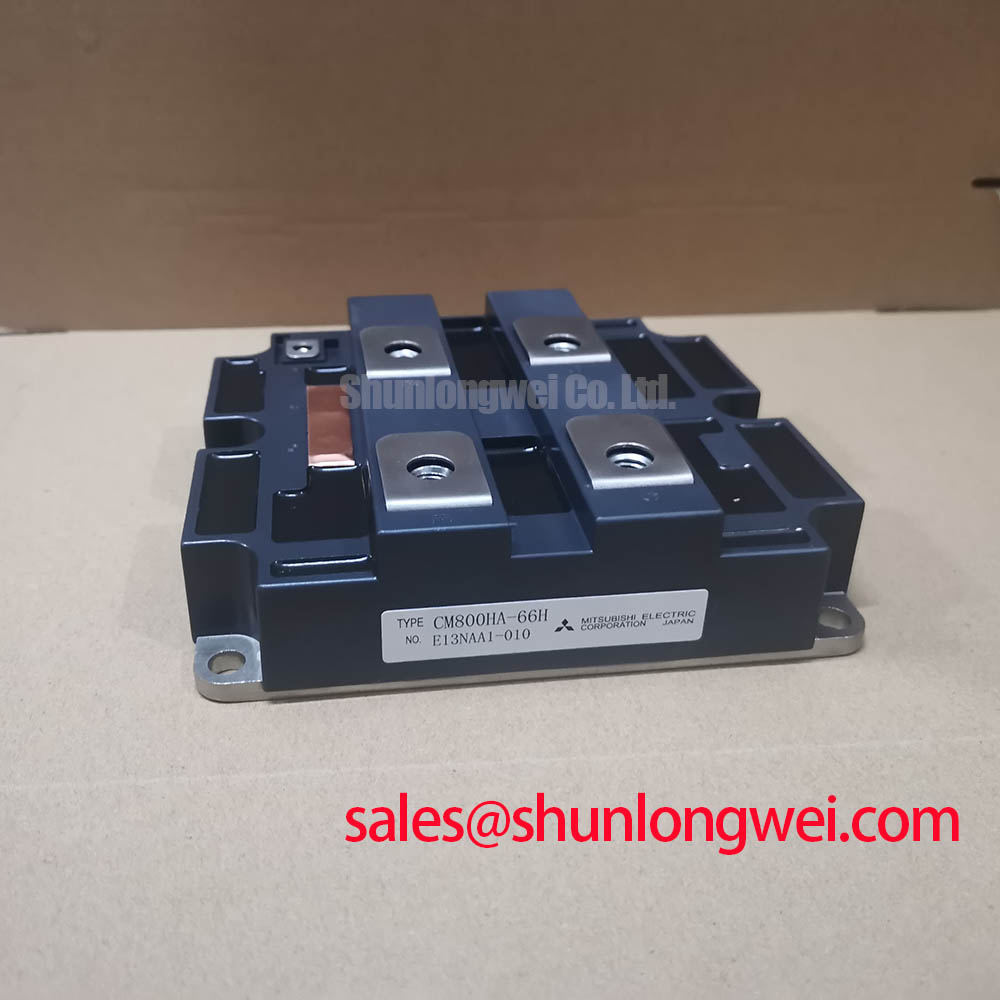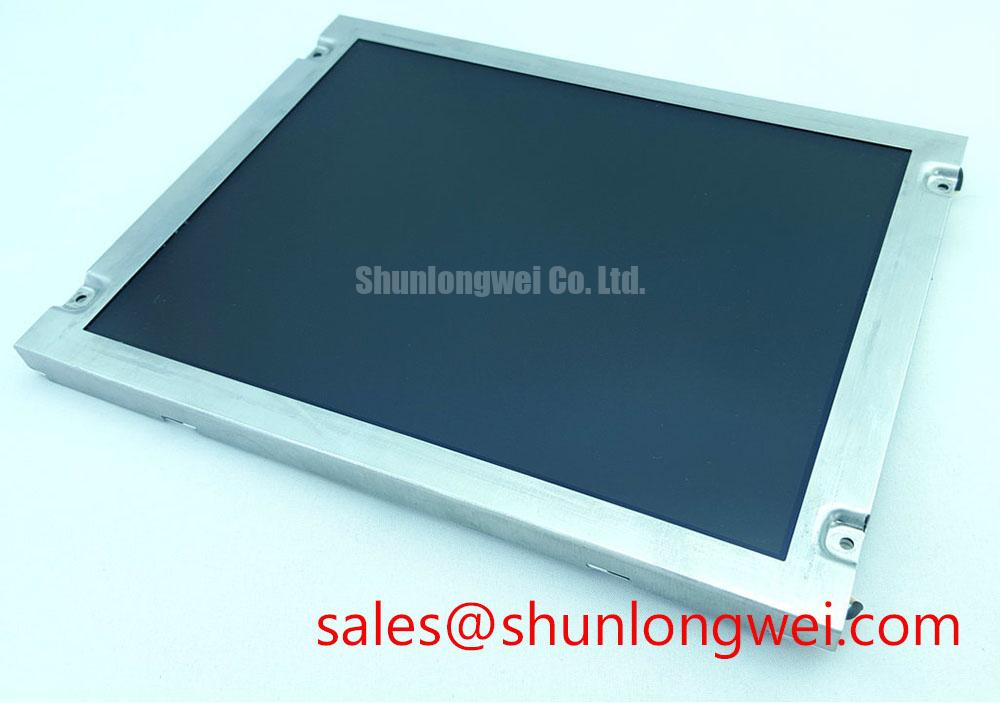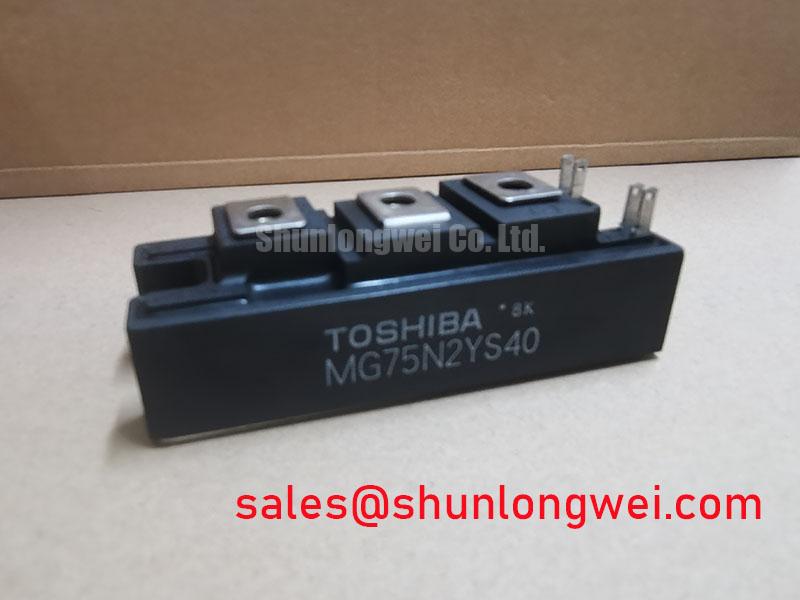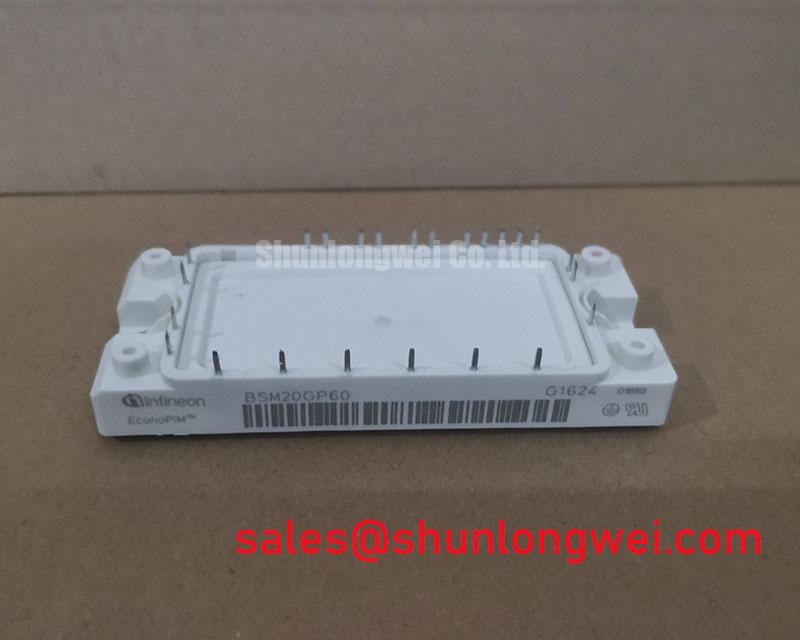CM800HA-66H | 3300V 800A IGBT Module for High-Reliability Power Systems
An Engineering Overview of the Mitsubishi CM800HA-66H IGBT Module
Content last revised on October 13, 2025.
The Mitsubishi CM800HA-66H is a 3300V single IGBT module engineered for superior thermal performance and reliability in demanding high-power applications. This device combines a high-voltage, high-current design with exceptional thermal efficiency, featuring specifications of 3300V | 800A | Rth(j-c) 0.015 °C/W. Key engineering benefits include the ability to create robust medium-voltage designs and maximize system power density. This module directly addresses the challenge of thermal management in multi-megawatt converters by providing an exceptionally low junction-to-case thermal resistance, which simplifies heatsink design and enhances operational lifespan. For multi-megawatt systems requiring maximum thermal margin, this 3300V module is the definitive engineering choice.
Application Scenarios & Value
System-Level Benefits in Medium-Voltage Power Conversion
The CM800HA-66H is engineered for power conversion systems where voltage and power demands exceed the capabilities of standard 600V or 1200V components. Its robust 3300V rating makes it a primary candidate for the core switching element in applications such as medium-voltage drives (MVDs), utility-scale solar inverters, and grid-tied energy storage systems. Its high current rating of 800A allows designers to handle significant power throughput with fewer paralleled components, simplifying busbar architecture and improving overall system reliability.
A high-fidelity engineering scenario for this module is in the heart of a multi-megawatt Wind Turbine Converter. In this application, the system must endure continuous, fluctuating loads as wind speeds change. The module's exceptionally low thermal resistance (Rth(j-c)) of 0.015 °C/W becomes a critical performance enabler. This thermal efficiency ensures that heat generated during peak power output is rapidly evacuated from the silicon, keeping the junction temperature well within safe operating limits. This directly improves the system's Power Cycling Capability and prevents premature failures, contributing to greater turbine uptime and a lower cost of energy. For systems that require even greater current handling within a similar voltage class, the related CM1200HC-66H offers a 1200A capability.
Key Parameter Overview
Decoding the Specs for Thermal and Electrical Robustness
The technical specifications of the CM800HA-66H are tailored for high-power, high-reliability applications. The following table highlights the key parameters that are central to its performance profile. Understanding these values is crucial for effective system design and thermal management.
| Parameter | Symbol | Value | Conditions |
|---|---|---|---|
| Collector-Emitter Voltage | VCES | 3300 V | VGE = 0V |
| Gate-Emitter Voltage | VGES | ±20 V | |
| Collector Current (DC) | IC | 800 A | TC = 80°C |
| Collector Current (Pulsed) | ICP | 1600 A | Pulse width limited by max. junction temperature |
| Collector-Emitter Saturation Voltage | VCE(sat) | 3.5 V (Typ.) / 4.2 V (Max.) | IC = 800A, VGE = 20V, Tj = 125°C |
| Power Dissipation | PC | 6000 W | TC = 25°C |
| Thermal Resistance (Junction to Case, IGBT) | Rth(j-c) | 0.015 °C/W | |
| Thermal Resistance (Junction to Case, Diode) | Rth(j-c) | 0.025 °C/W | |
| Isolation Voltage | Visol | 6000 Vrms | AC, 1 minute |
Download the CM800HA-66H datasheet for detailed specifications and performance curves.
A key parameter for this module is its thermal resistance, Rth(j-c). Think of thermal resistance like the width of a highway for heat. The CM800HA-66H's exceptionally low Rth(j-c) of 0.015 °C/W is like a superhighway, allowing large amounts of waste heat to escape the semiconductor junction quickly. This prevents thermal traffic jams that lead to overheating and failure, enabling more compact and reliable system designs. What is the benefit of a low Rth(j-c)? It allows for smaller heatsinks and enhances long-term reliability.
Frequently Asked Questions
Engineering Inquiries on the CM800HA-66H
What is the primary advantage of the 3300V collector-emitter voltage (VCES) rating?
The 3300V rating provides a substantial safety margin required for power converters operating on higher voltage buses, such as those found in multi-megawatt renewable energy systems or medium-voltage industrial motor drives. This high breakdown voltage is essential for ensuring system reliability against voltage transients and spikes common in such environments.
How does the low thermal resistance of 0.015 °C/W impact the design of a Medium-Voltage Drive (MVD)?
This extremely low thermal resistance directly translates to a more efficient transfer of heat from the IGBT junction to the case and, subsequently, to the heatsink. For an MVD designer, this means a lower junction temperature for a given load, which significantly increases the module's lifespan and reliability. It also provides the flexibility to either increase the power density of the drive or reduce the size and cost of the required cooling system. For a deeper understanding of this topic, explore the principles of unlocking IGBT thermal performance.
Is it necessary to use a negative gate voltage for turning off the CM800HA-66H?
Yes, the datasheet specifies performance characteristics using a bipolar gate voltage (e.g., ±20V). Using a negative gate voltage for turn-off is standard practice for high-power IGBTs like this one. It ensures a fast and clean turn-off, provides a high immunity to parasitic turn-on caused by the Miller effect (dV/dt), and is critical for safe operation, especially in bridge configurations.
What is the significance of the 6000 Vrms isolation voltage for system safety?
The 6000 Vrms isolation rating ensures robust electrical separation between the high-power circuit and the grounded, accessible parts of the system, like the heatsink and control electronics. This is a critical safety feature that protects personnel and meets stringent industrial safety standards like IEC 61800-5. It guarantees that even in the event of an internal fault, the high voltage is safely contained within the module.
Technical Deep Dive
A Closer Look at the Thermal Design for Long-Term System Reliability
The headline specification of 0.015 °C/W for thermal resistance is not merely a number; it is the outcome of a sophisticated internal module construction optimized for heat dissipation and mechanical stability. High-power modules like the CM800HA-66H often employ an advanced baseplate material such as Aluminum Silicon Carbide (AlSiC). Unlike traditional copper, AlSiC has a coefficient of thermal expansion (CTE) that is much closer to that of the ceramic substrate (AlN or Al2O3) on which the IGBT die is mounted.
This CTE matching is crucial for long-term reliability. The relationship between the silicon chip and the baseplate is like two different materials bonded together. In extreme temperature swings, if they expand and contract at different rates, the bond will eventually crack. Using an AlSiC baseplate is like choosing two materials with a nearly identical thermal 'heartbeat,' ensuring they expand and contract in unison. This dramatically reduces mechanical stress at the solder layers during thermal cycling. For applications with highly variable loads, such as Servo Drive systems or wind power converters, this design feature significantly extends the module's operational life by mitigating wear-out mechanisms like solder fatigue. This focus on mechanical robustness is a cornerstone of the module's value proposition for mission-critical infrastructure.
Strategic Importance in Grid Modernization
The Mitsubishi CM800HA-66H is more than a component; it is an enabling technology for the future of the electrical grid. As industries and utilities push for higher efficiency and greater power density, the move to higher operating voltages is inevitable. This 3300V module provides the foundational building block for the next generation of powerful and reliable inverters, converters, and drives that are essential for integrating renewable energy sources, advancing industrial automation, and building resilient power infrastructure. Its design reflects a strategic understanding of the long-term reliability required for systems with operational lifetimes measured in decades.
















